ABIT AS8 – Socket-T AGP Motherboard Review
ABIT AS8 – Socket-T AGP Motherboard
Want to upgrade to a new Socket-T CPU but keep your AGP graphics card? Abit has the answer.
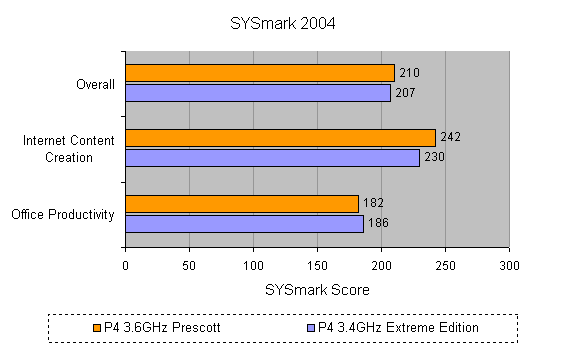
Verdict
Key Specifications
- Review Price: £88.00
With all the fuss about the new Intel chipsets, DDR2 memory, new CPUs and PCI Express, one might wonder if there is a path for people who want to upgrade their PC, but want to stick with their AGP graphics card and DDR memory. The good news is that ABIT already has a product ready if you fancy a new Socket-T processor, but don’t want to replace your AGP GeForce 6800 Ultra that finally arrived in the post last week.
The ABIT AS8 is one of the first hybrid boards on the market. You might be a little disappointed when you find out that the chipset is the older i865PE rather than one of the new PCI Express chipsets, but as there is no support for AGP in Intel’s new chipsets, this is one of the few ways around the upgrade problem.
There is of course the option to wait for VIA to release its new chipset with support for AGP and PCI Express, but if you want to go Intel only, then I’m afraid you’re going to have to stick with an older chipset.
ABIT has managed to put together a very good motherboard here and the AS8 has pretty much every feature you could possibly wish for, but it is not a perfect board. Let’s take a look at the good points first, with the main one being support for the Socket-T processors and the new four-pin CPU fans. The AS8 has one AGP slot and four PCI slots, which might not be as good as some boards, but the new CPU socket takes up a bit more space than the old one.
As with any other i865PE board you’ll find support for S-ATA and eight USB 2.0 ports, on top of this, ABIT has added FireWire and 10/100Mbit Ethernet as well as 5.1-channel sound. As ABIT is using ICH5-R the S-ATA connectors can be set up in a RAID configuration. Around the back are two PS/2 ports, single serial and parallel ports, optical S/PDIF in and out, discrete 5.1-channel sound outputs, four USB 2.0 ports, a single FireWire port and the Ethernet port.
A bracket is supplied which hosts a further two USB 2.0 ports and one six-pin and one four-pin FireWire connector. This leaves a USB header that can be used with a case that supports front USB ports. One of my favourite features with ABIT motherboards is the LED display that shows up POST 80 debug codes – this makes it very easy to locate problems on the motherboard with the help of the manual.
The angled IDE connectors on the edge of the board are another great feature, making it a lot easier to create a tidy installation. However, ABIT should have paid a bit more attention here as the bottom IDE connector covers half of one of the motherboard mounting holes, making it impossible to fasten the far-side lower corner of the motherboard to your case. This might not be a major issue, but it is annoying nonetheless and should have been addressed before the board went into production.
The new chipset heatsinks are of a design that is completely new to me. The main cooler has the fan standing on its side blowing cool air across the tall heatsink and on towards the back of the graphics card. This might even aid the graphics card cooling to some degree as the chipset doesn’t tend to get that hot. The ICH has also been given a heatsink with an ABIT logo, but this is a case of looks over function as there is no real need for a heatsink on the ICH.
There are plenty of fan connectors as well – apart from the four-pin CPU cooler connector, there are a further three spare fan headers. The location of the two fan headers at the back of the board could however be improved, as both of them are below the bottom PCI slot, which makes for untidy cable routing. The front one is just where you’d want it though, as far forward as possible.
I have to give credit to ABIT for using jumpers with little tails on them, making it a lot easier to grab them when you have to move jumpers around. There aren’t a lot of jumpers on the board, but anything to make life easier is a good thing.
Apart from the blocked mounting hole problem, ABIT has also managed to put a very large capacitor and a couple of shorter ones, close to the AGP slot. With a normal graphics card these won’t cause any problems, but if you intend to use something like one of Leadtek’s cards which comes in a casing, then you’re going to run in to problems with it hitting these capacitors.
Another minor issue is that the connectors for the case wiring aren’t colour coded, even though pretty much every other motherboard manufacturer now does this. Colour coding makes it a lot easier to see what goes where when you’re trying to wire up the power button and all the other wires, so please ABIT, colour code the front panel connectors on future boards.
One of the unique features with ABIT’s current boards is µGURU, which is a combination of hardware, BIOS and software. The software consists of ABIT EQ, ABIT OC Guru, ABIT FlashMenu and ABIT BlackBox. ABIT EQ is the audio configuration utility and comes with some more advanced equalizer settings than with generic audio drivers. The OC Guru is ABIT’s overclocking utility in which you can store your own overclocking settings as well as load presets. ABIT FlashMenu offers a one click BIOS upgrade; as long as you’re connected to the Internet, but you also have the option to manually select the BIOS file. Finally ABIT BlackBox is the bit that works together with a small micro controller on the motherboard and is a diagnostic tool that is meant to help ABIT’s engineers find faults that might occur with your PC.
The manuals are of good quality, but there is no quick set up sheet, so you have to make do with a black and white quick installation guide. There is no extra software supplied apart from the driver CD, which is a little bit poor, but it saves on cost both for ABIT and the consumer.
What is interesting to note is that the AS8 turned in a SYSmark 2004 almost identical with the Intel 925XCV motherboard. The AS8 does however lag behind in PCMark 2004 but the 3D scores are better with the ABIT AGP solution. That said, according to nVidia this will change with newer PCI Express drivers. All this goes to show that there is no great gain in going PCI Express and DDR2 quite yet, but the new platform should scale better than the current one.
The ABIT AS8 is not perfect, but it is definitely a viable choice if you’re looking at keeping most of your current hardware, but want to get a new Socket-T processor. The price is reasonable at £88.13; this does however place it a little higher than most i865PE board, but the price premium is understandable due to the new CPU socket and the fact that this board is one of a kind, at least at the time of writing.
”’Verdict”’
The ABIT AS8 is a good performer with a lot of features, but it does have some minor design flaws that should have been addressed before the board went on sale.
(table:features)
The ABIT AS8 was tested using Intel Pentium 4 560 3.6GHz Prescott and 3.4GHz P4 Extreme Edition LGA775 processors, 1GB of Adtec PC3200 DDR SDRAM, a 160GB Maxtor S-ATA hard drive with 16MB cache and an nVidia GeForce 6800 GT AGP graphics card.

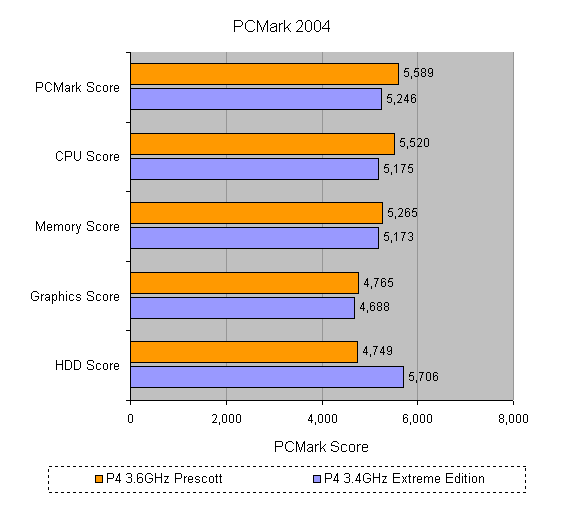
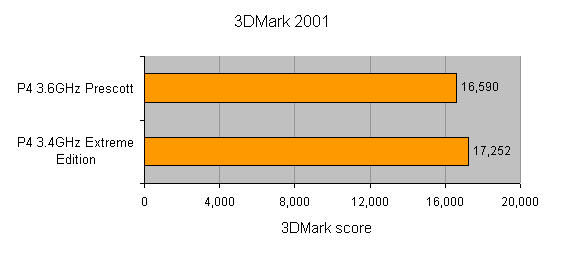
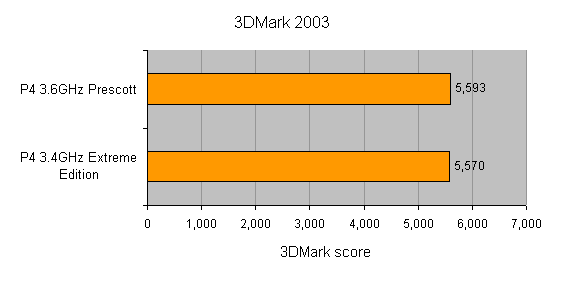
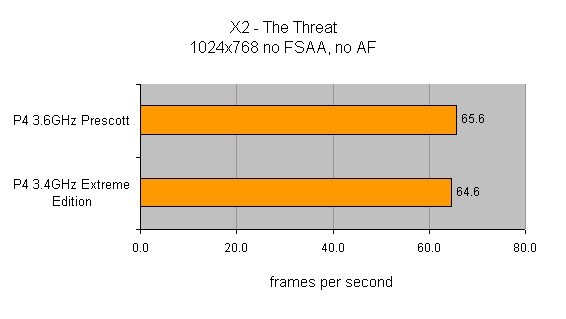
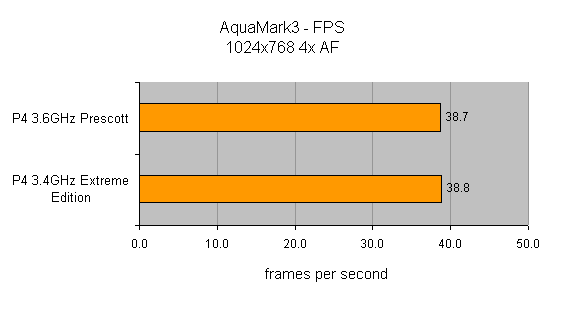
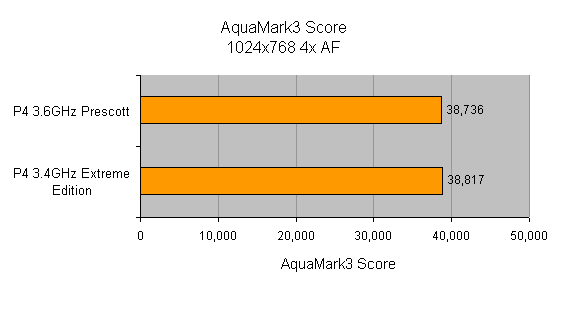
Trusted Score
Score in detail
-
Value 7
-
Performance 9

